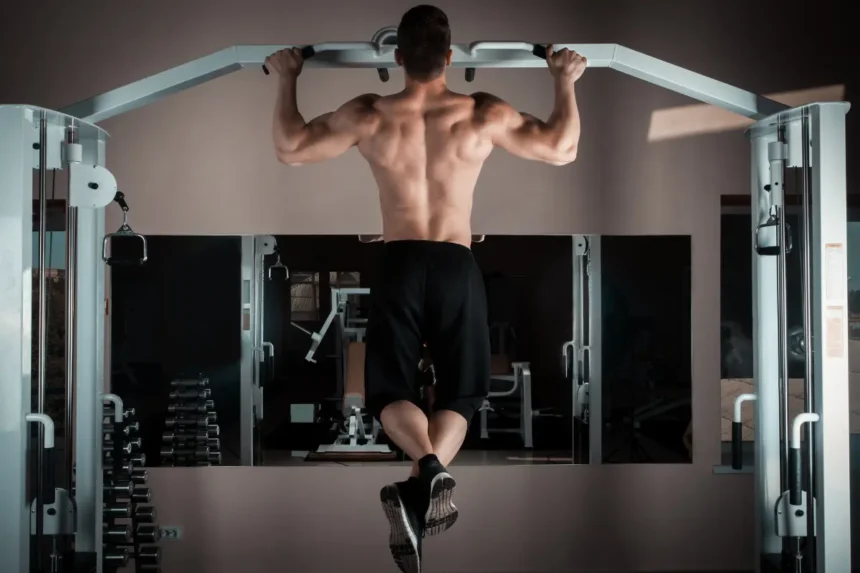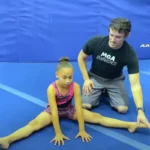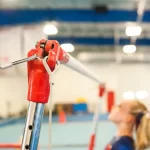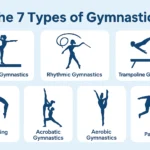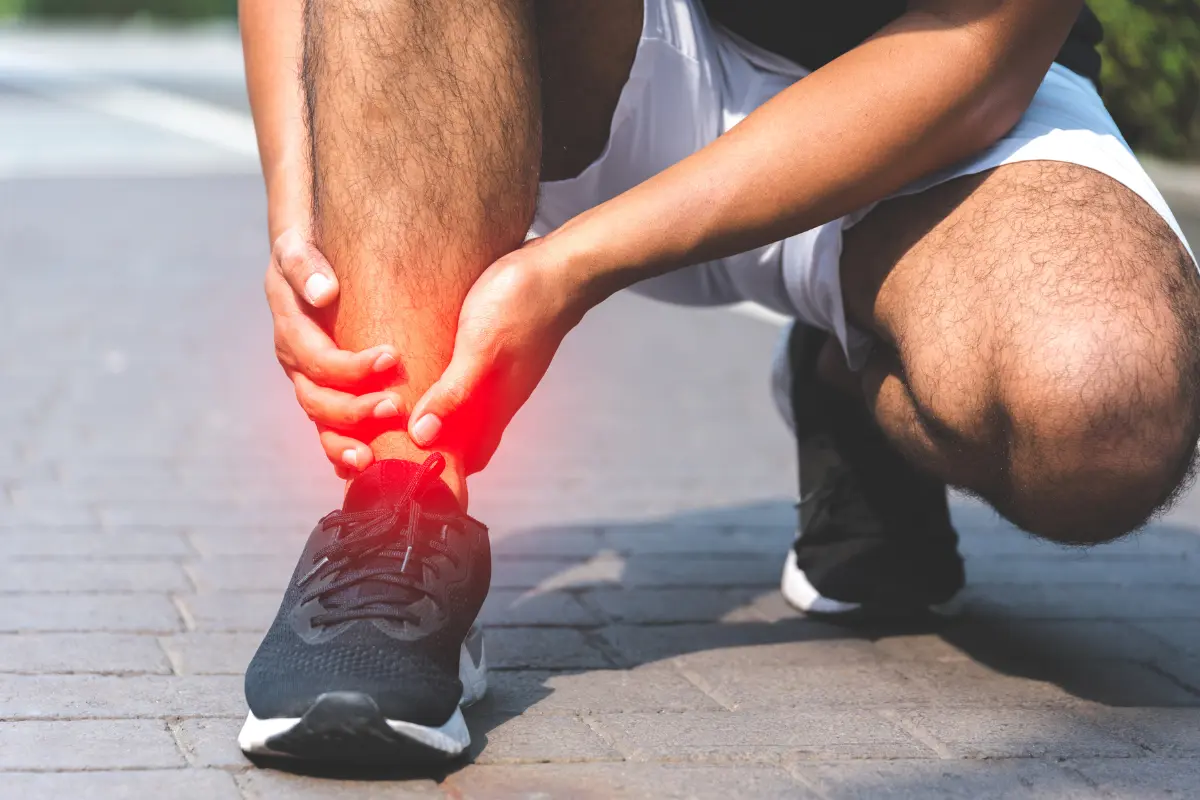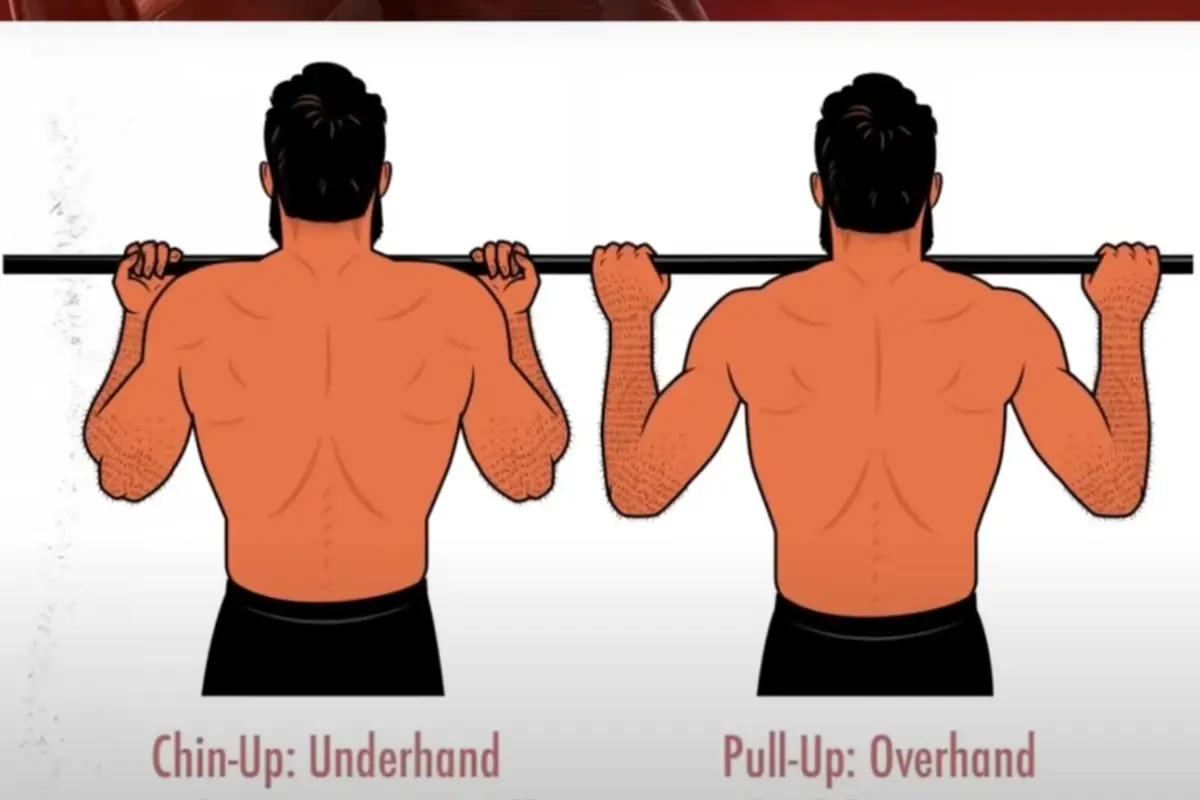Pull-ups are one of the most effective bodyweight exercises for upper-body strength. But by changing your grip, body position, or range of motion, you can shift the emphasis to different muscle groups.
- 1. Standard Pull-Up (Overhand / Pronated Grip)
- 2. Chin-Up (Underhand / Supinated Grip)
- 3. Neutral-Grip Pull-Up (Hammer Grip)
- 4. Wide-Grip Pull-Up
- 5. Commando Pull-Up
- 6. Chest-to-Bar Pull-Up
- 7. L-Sit Pull-Up
- 8. Archer Pull-Up
- 9. Towel or Fat-Grip Pull-Up
- 10. Close-Grip Pull-Up
- Pull-Up Variations at a Glance
- Which Pull-Ups Are Best for Back?
- Which Pull-Ups Are Best for Biceps?
- Which Pull-Ups Are Best for Chest?
Below are 10 powerful pull-up variations, each with its key focus and training benefits.
1. Standard Pull-Up (Overhand / Pronated Grip)
This classic pull-up uses an overhand grip with the hands about shoulder-width to slightly wider. You start from a dead hang, pull until the chin clears the bar, then lower under control.
Primary Muscles Worked:
- Latissimus dorsi
- Rhomboids
- Middle and lower trapezius
- Posterior (rear) deltoids
- Biceps (secondary)
- Core stabilizers
The pronated grip places the biceps at a mechanical disadvantage, which shifts more load to the lats and upper back. This makes the standard pull-up one of the best choices for developing overall back strength and posture.
2. Chin-Up (Underhand / Supinated Grip)
Chin-ups use a palms-facing-you grip, typically at shoulder width. You pull until the chin or upper chest clears the bar.
Primary Muscles Worked:
- Biceps brachii
- Brachialis
- Latissimus dorsi
- Forearms
- Upper-back stabilizers (secondary)
The supinated grip places the biceps in a stronger position, increasing elbow-flexor involvement. This usually makes chin-ups feel easier and allows for more reps. They are excellent for arm development while still strongly training the lats.
3. Neutral-Grip Pull-Up (Hammer Grip)
With palms facing each other on parallel handles, neutral-grip pull-ups place the shoulders and elbows in a more natural position.
Primary Muscles Worked:
- Latissimus dorsi
- Biceps brachii
- Brachialis
- Forearms
- Rhomboids
This variation balances back and arm involvement while reducing joint strain. It’s often the most comfortable grip for people with shoulder or elbow issues and is widely used in gymnastics and calisthenics.
4. Wide-Grip Pull-Up
Wide-grip pull-ups use a pronated grip wider than shoulder width.
Primary Muscles Worked:
- Latissimus dorsi
- Teres major
- Upper-back musculature (traps, rhomboids)
- Rear deltoids
A wider grip reduces elbow flexion and biceps contribution, increasing reliance on the back. However, very wide grips also reduce range of motion and total force output. This variation emphasizes lat involvement, but it does not isolate the “outer lats” in a literal sense.
Best used sparingly and with good shoulder mobility.
5. Commando Pull-Up
With hands staggered on the bar, you pull your body up diagonally, alternating head position from side to side.
Primary Muscles Worked:
- Latissimus dorsi
- Biceps
- Forearms
- Obliques
- Core stabilizers
The asymmetrical setup introduces rotation and unilateral loading, increasing core and grip demands. Commando pull-ups are especially useful for functional strength and rotational control.
6. Chest-to-Bar Pull-Up
Instead of stopping at chin height, you pull until your upper chest contacts the bar.
Primary Muscles Worked:
- Latissimus dorsi
- Rhomboids
- Middle and lower trapezius
- Posterior deltoids
- Biceps
- Scapular stabilizers
Pulling higher requires greater scapular retraction and upper-back engagement. This variation improves pulling power, posture, and carryover to gymnastics and CrossFit skills.
7. L-Sit Pull-Up
In this strict variation, your legs remain extended in front of you, forming an “L” shape.
Primary Muscles Worked:
- Latissimus dorsi
- Rectus abdominis
- Hip flexors
- Biceps
- Forearms
The L-sit position dramatically increases core demand and eliminates momentum. This forces cleaner technique and greater total-body tension, making it a favorite in gymnastics training.
8. Archer Pull-Up
You pull toward one arm while the opposite arm stays mostly straight, shifting side to side.
Primary Muscles Worked:
- Latissimus dorsi (pulling side dominant)
- Biceps
- Rear deltoids
- Core stabilizers
- Forearms
Archer pull-ups develop unilateral strength and control. They are a key progression toward one-arm pull-ups and help correct left-right imbalances.
9. Towel or Fat-Grip Pull-Up
Towels or thick grips increase handle diameter and instability.
Primary Muscles Worked:
- Forearms
- Grip flexors
- Biceps
- Latissimus dorsi
- Brachialis
Grip strength becomes the limiting factor in this variation. It is highly effective for climbers, wrestlers, gymnasts, and anyone wanting stronger hands and forearms without changing the basic pull-up pattern.
10. Close-Grip Pull-Up
Hands are placed close together using an overhand grip, with elbows tracking close to the torso.
Primary Muscles Worked:
- Latissimus dorsi
- Biceps
- Brachialis
- Core stabilizers (secondary)
A close grip increases range of motion and elbow flexion demand. While often described as targeting the “lower lats,” the real difference comes from elbow path and shoulder extension, not true muscle isolation. This variation strongly reinforces strict pulling mechanics.
Pull-Up Variations at a Glance
| Variation | Grip | Main Emphasis |
|---|---|---|
| Standard Pull-Up | Overhand | Overall back strength |
| Chin-Up | Underhand | Biceps + lats |
| Neutral-Grip | Palms facing | Balanced back & arms |
| Wide-Grip | Wide overhand | Lat emphasis |
| Commando | Staggered | Unilateral + core |
| Chest-to-Bar | Overhand | Upper-back & power |
| L-Sit | Any | Core + strict strength |
| Archer | Wide/neutral | One-side dominance |
| Towel/Fat-Grip | Thick grip | Grip & forearms |
| Close-Grip | Narrow overhand | ROM + arm involvement |
Which Pull-Ups Are Best for Back?
All pull-ups train the back, but standard pull-ups provide the most balanced development. Wide-grip and chest-to-bar variations increase lat and upper-back emphasis, while neutral-grip pull-ups offer a shoulder-friendly option with strong back activation.
Archer pull-ups help develop one side at a time, and towel pull-ups add grip challenge without reducing back engagement.
Which Pull-Ups Are Best for Biceps?
Chin-ups are the most biceps-dominant pull-up variation due to the supinated grip. Neutral-grip pull-ups also strongly activate the biceps while remaining joint-friendly. Close-grip variations further increase elbow flexion demand.
Which Pull-Ups Are Best for Chest?
Pull-ups are not chest-building exercises. The chest plays only a minor stabilizing role, even in chest-to-bar pull-ups. If chest growth is your goal, push-based movements like push-ups, dips, and bench presses are far more effective.
Bottom Line
Pull-ups are a cornerstone upper-body exercise. Grip and body position can shift emphasis slightly, but the lats and arms always do the majority of the work. Choosing the right variation depends on your goals: strength, muscle balance, joint comfort, grip endurance, or skill progression.
